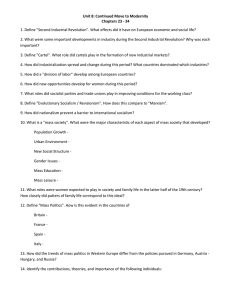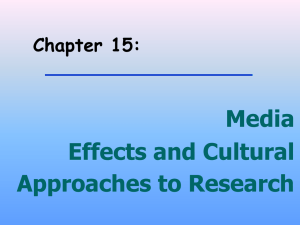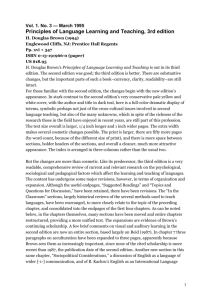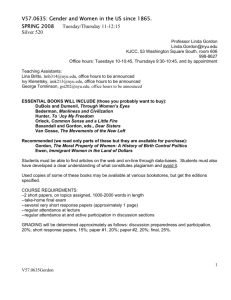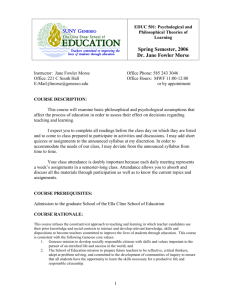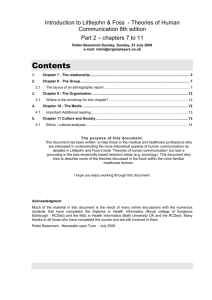Microsoft Word
advertisement
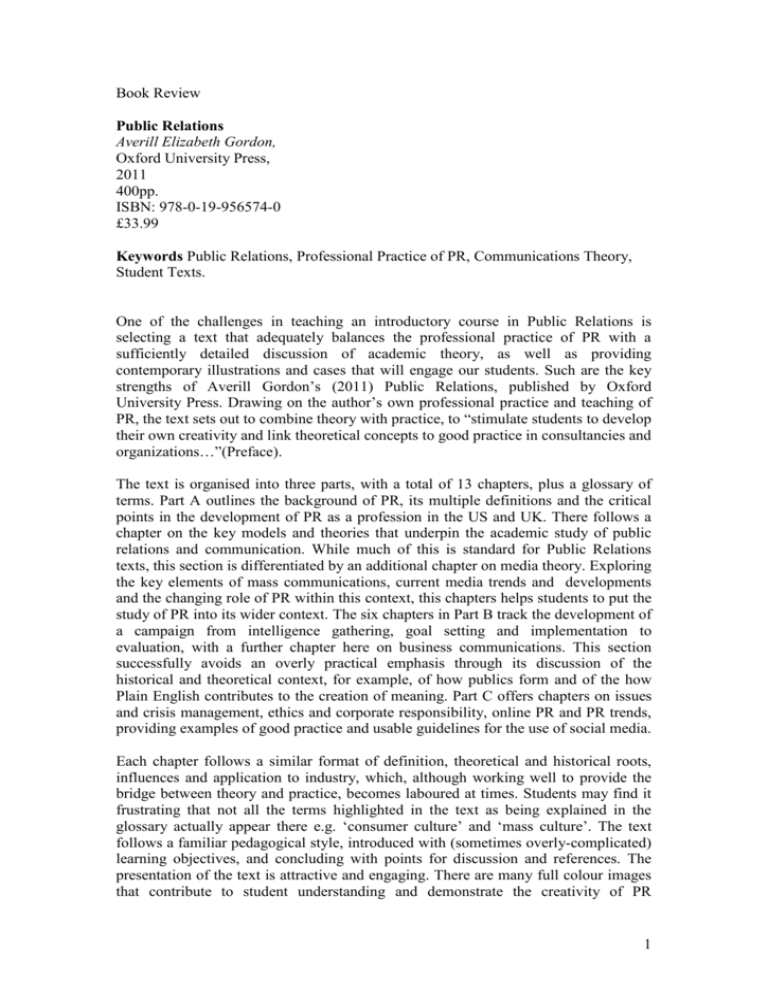
Book Review Public Relations Averill Elizabeth Gordon, Oxford University Press, 2011 400pp. ISBN: 978-0-19-956574-0 £33.99 Keywords Public Relations, Professional Practice of PR, Communications Theory, Student Texts. One of the challenges in teaching an introductory course in Public Relations is selecting a text that adequately balances the professional practice of PR with a sufficiently detailed discussion of academic theory, as well as providing contemporary illustrations and cases that will engage our students. Such are the key strengths of Averill Gordon’s (2011) Public Relations, published by Oxford University Press. Drawing on the author’s own professional practice and teaching of PR, the text sets out to combine theory with practice, to “stimulate students to develop their own creativity and link theoretical concepts to good practice in consultancies and organizations…”(Preface). The text is organised into three parts, with a total of 13 chapters, plus a glossary of terms. Part A outlines the background of PR, its multiple definitions and the critical points in the development of PR as a profession in the US and UK. There follows a chapter on the key models and theories that underpin the academic study of public relations and communication. While much of this is standard for Public Relations texts, this section is differentiated by an additional chapter on media theory. Exploring the key elements of mass communications, current media trends and developments and the changing role of PR within this context, this chapters helps students to put the study of PR into its wider context. The six chapters in Part B track the development of a campaign from intelligence gathering, goal setting and implementation to evaluation, with a further chapter here on business communications. This section successfully avoids an overly practical emphasis through its discussion of the historical and theoretical context, for example, of how publics form and of the how Plain English contributes to the creation of meaning. Part C offers chapters on issues and crisis management, ethics and corporate responsibility, online PR and PR trends, providing examples of good practice and usable guidelines for the use of social media. Each chapter follows a similar format of definition, theoretical and historical roots, influences and application to industry, which, although working well to provide the bridge between theory and practice, becomes laboured at times. Students may find it frustrating that not all the terms highlighted in the text as being explained in the glossary actually appear there e.g. ‘consumer culture’ and ‘mass culture’. The text follows a familiar pedagogical style, introduced with (sometimes overly-complicated) learning objectives, and concluding with points for discussion and references. The presentation of the text is attractive and engaging. There are many full colour images that contribute to student understanding and demonstrate the creativity of PR 1 professionals, e.g. the inflatable heads used in the Betfair campaign designed to “increase the number of people placing bets during the 2008 London mayoral election” (pg. 104). However, many of the publisher’s own images (e.g. pg. 80, 180, 223 and many more) seem to be only tangentially related to the text and serve little purpose other than to fill space. While the chapters provide case studies, illustrations, and practitioner insights, an Online Resource Centre provides further support for lecturers and students, including active learning games and an employability-focused learning skills portfolio. One of the strengths of this text is that relevant theories, both from within the discipline and further afield are brought together in one text as a one-stop resource for students. Unlike many texts where communications theory appears only as the required discrete chapter at an early point in the book, each subsequent chapter in this text introduces or further develops an aspect of theory. In doing so, the author draws upon the full range of academic expertise in PR both in the UK and US. Where the text falls down, if indeed it does at all for the student of an introductory course on PR, is that it does not develop its critique of existing theories as far as it could. The emphasis on collecting together all the relevant theories means that such coverage is gained at the expense of detailed discussions of the value of such theories. What is lacking is a discussion of the continued relevance (or not) of more dated communication theory, of some of the problems associated with the ‘unmanaged’ adoption of new technologies (e.g. indiscrete Twitter comments) and the need for theory to advance alongside these new developments in PR practice. These perhaps are issues for a further volume for more advanced students. Notwithstanding this emphasis on theory, it is the practical and professional focus of this text which come to the fore. The practitioner insights, current case studies and in particular the ‘PR Tool’ at the end of each section (which includes evaluation checklists, photocall guides, negotiation techniques etc) not only provides reassuring frameworks and checklists for students but useful seminar activities for class tutors. The presentation of the case studies in the highly structured format of campaign stages rather than narrative is again useful to students. This practical emphasis makes this an appropriate text for undergraduate programmes in marketing, business and communication, and for more professionally oriented courses. There are now several introductory Public Relations texts from which to choose, and Gordon’s text should certainly be considered as a valuable addition to these. It is an attractive book, which, with its comprehensive coverage and engaging case studies and practical techniques, will be a useful addition to the lecturer’s bookshelf as well as being an accessible, informative and ‘creatively inspiring’ text for their students. 2
